
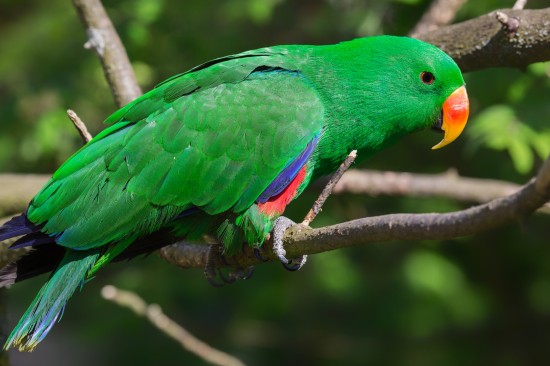
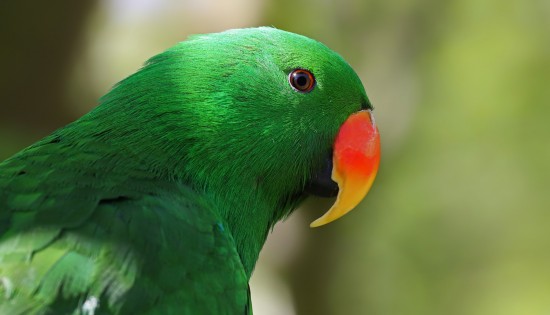
The Eclectus Parrot (Eclectus roratus) is a parrot found in the Solomon Islands, Sumba, New Guinea and neighbouring islands as well as in north-east Australia. It is very unusual for the parrot family as the different sex birds are completely different in colouration with the male being green and the female being red and blue.
There are at least nine subspecies of the Eclectus across the various parts of its range. Each of the subspecies has minor differences in the colouring of feathers with the subspecies known as the Grand Eclectus being the one most commonly found in aviculture in the UK.
These birds measure around 14 inches in length. The male bird is mostly bright green with yellow shading on the head, blue primary wing feathers and red flanks. It has a creamy yellow band on the tail, which is green and blue towards the centre. The female is mostly bright red with darker red on the back and wings and a mantle that is bluish-purple, as are the wing edges. The tail is yellow-orange. The beak on the male bird is orange fading to yellow with a black lower mandible while the female’s is all black.
Eclectus are very popular birds in captivity and are known to be easy to breed but more difficult to hand rear. They are best kept as pairs and away from other birds. Their preferred housing is in a flight as they like to fly around and a size of around 20 feet long by 4 feet wide is an ideal minimum size. If they are housed in a cage, they will need plenty of time outside it for exercise.
While the call of the bird is loud and piercing, Eclectus are not known for being screamers. They are relatively non-destructive to their environment but will demolish any plants that they have access to.
These birds are highly intelligent and can learn to overcome their fear of humans enough to be hand-tamed. They can also learn to mimic sounds they regularly hear including human voices, though this depends on the individual bird. By nature, they are cautious around anything or anyone new and are also prone to feather destruction associated with behavioural problems or dietary issues.
Eclectus parrots in captivity can be susceptible so muscle spasms that are commonly known as toe-tapping and wing flipping. The cause is not completely known but is believed to be connected to an imbalance in their bodies due to a lack of vitamins and minerals. One possible cause of this is a diet based too much on pellets that can contain too many man made vitamins or artificial colourings. This same issue with pellets can lead to skin damage and feather problems including severe itchiness.
The diet of the Eclectus is quite different to many more commonly seen species parrot species and this should be taken into account when considering buying one or a pair. In the wild, they feed mainly on fruits, wild figs, flowers, leaf buds and unripened buds. Two of their favourite fruits are the papaya and the pomegranate but they will also enjoy fruits such as mangos, guavas, bananas, melons, apples, pears, citrus fruits, grapes and stone fruits such as peaches.
The reason for this diet is that the Eclectus has a longer digestive tract than normal and this means they need a high fibre diet. They will, in captivity, also eat greens such as endive and dandelion, seeds including spray millet and nuts without the shells such as almonds and walnuts, which provide them with vitamin E. However too much of these potential fatty foods can lead to obesity and other health problems, so a balance should always be maintained.
In captivity, they will also need vegetables that are high in beta-carotene such as cooked sweet potatoes, fresh broccoli and corn on the cob. Soaked and cooked beans are another good dietary item as well as cooked brown rice in small amounts to help provide protein.
The natural nesting spots for the Eclectus are tree hollows and because these can be at a premium, the female birds will be very defensive of their nest once they have claimed it. These fights can sometimes lead to deaths and often, she will stay in or close to the nest for 11 months of the year, relying on her mate to bring her food.
Eclectic parrots are polygynandrous, which means the female may mate with a number of males who visit her nest while the males may travel around mating with different females. This behaviour may be part of the reason that the birds differ so much in colours; the hen spends much time in and around the nest and can blend in while the males are out in the trees and can blend in there.
Typically, two eggs are laid then incubated for 28-30 days. Chicks fledge at around 11 weeks old and are sexually mature at the age of 2 to 3 years.
In captivity, the strong maternal instinct of the Eclectus female means she is often seeking places to make her nest, including cupboards, under furniture and in drawers, then becoming very defensive of them. This means she will often lay eggs even if she doesn’t have a mate and also means other birds eggs can be incubated by her then removed when they hatch.
If you are introducing a new pair, it is best to introduce the female to the male’s aviary to have a better chance of acceptance than the other way around as females are more territorial than males.
If you are breeding a pair of these birds in captivity, an ideal nest box size is around 12 inches wide and deep by around 24 inches high. The birds can be sensitive to disturbances so peace and quiet is very important as well as not inspecting the nest. Once the chicks fledge, they will continue to be fed by the parents for some time afterwards.
 Doggy Day Care - Options For Your Dog If You Work All Day
Doggy Day Care - Options For Your Dog If You Work All Day
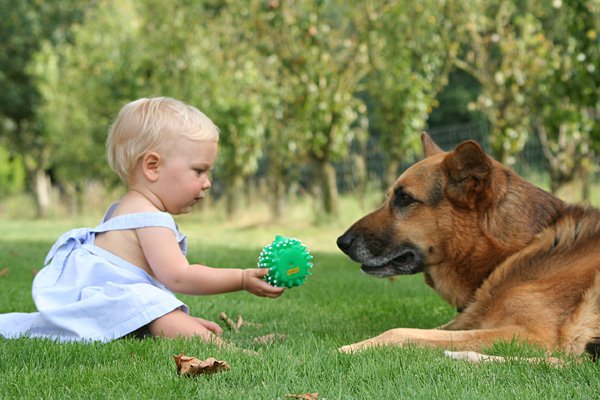 Own Lab Puppies As Pets For Their Spunky And Great Hunting Behavior
Own Lab Puppies As Pets For Their Spunky And Great Hunting Behavior
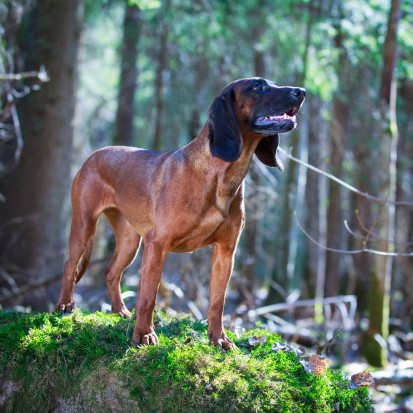 Is The Bavarian Mountain Hound A Good Choice Of Pet?
Is The Bavarian Mountain Hound A Good Choice Of Pet?
 Big Dogs, Why They Dont Live As Long As Their Smaller Counterparts
Big Dogs, Why They Dont Live As Long As Their Smaller Counterparts
 Evaluating Your Veterinary Surgeon
Evaluating Your Veterinary Surgeon
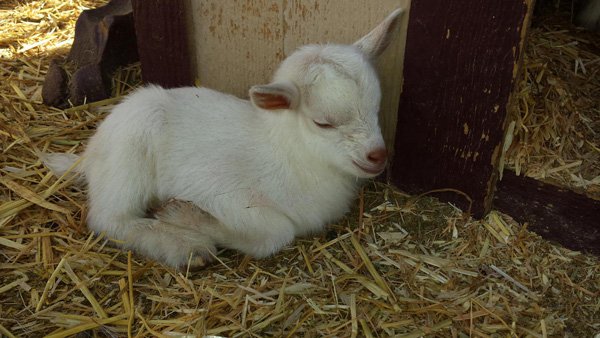 Choose the best catfish pellets for your catfish for their food needs
Choose the best catfish pellets for your catfish for their food needs
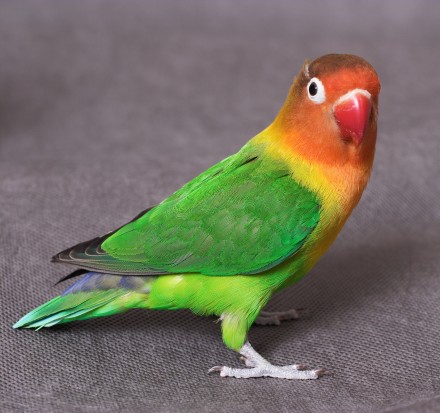 Common Lovebird Illnesses
Common Lovebird I
Common Lovebird Illnesses
Common Lovebird I
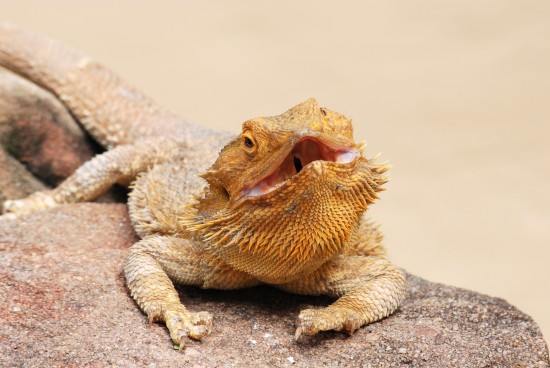 Bearded Dragon Health And Diseases
Bearded Dragon He
Bearded Dragon Health And Diseases
Bearded Dragon He
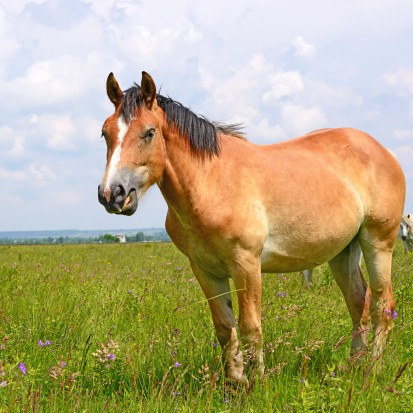 Symptoms & Treatment Of Ringworm In Horses
Symptoms & Treatm
Symptoms & Treatment Of Ringworm In Horses
Symptoms & Treatm
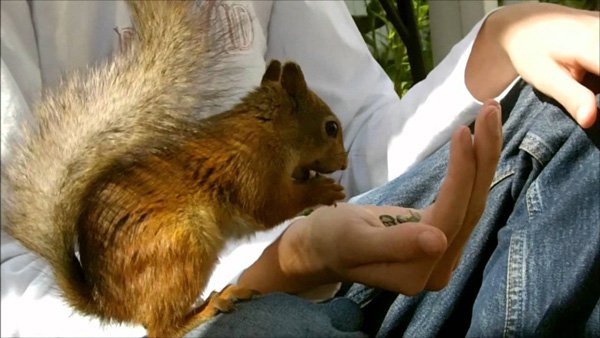 Top Reasons to Feed Vitalife Treats to Dogs
Top Reasons to Feed Vitalife Treats to Dogs
Do
Top Reasons to Feed Vitalife Treats to Dogs
Top Reasons to Feed Vitalife Treats to Dogs
Do
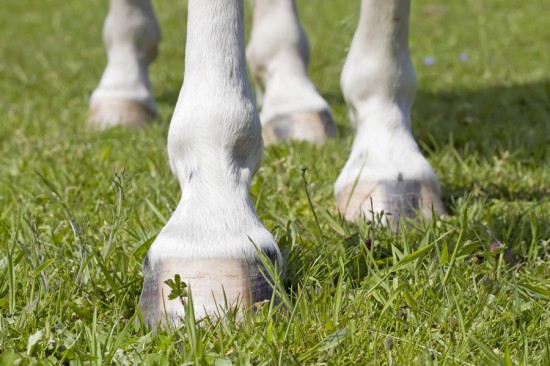 Common Conditions Of The Equine Foot
Common Conditions
Common Conditions Of The Equine Foot
Common Conditions
Copyright © 2005-2016 Pet Information All Rights Reserved
Contact us: www162date@outlook.com